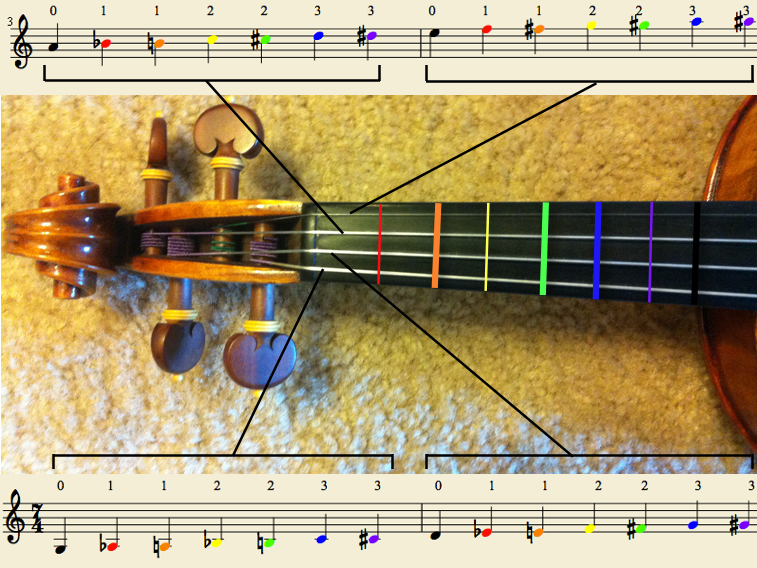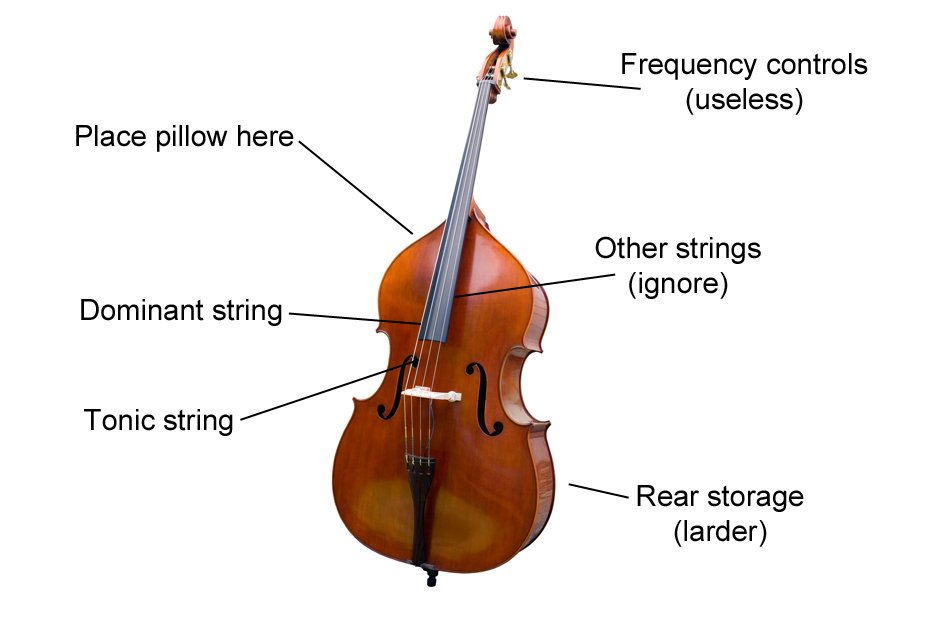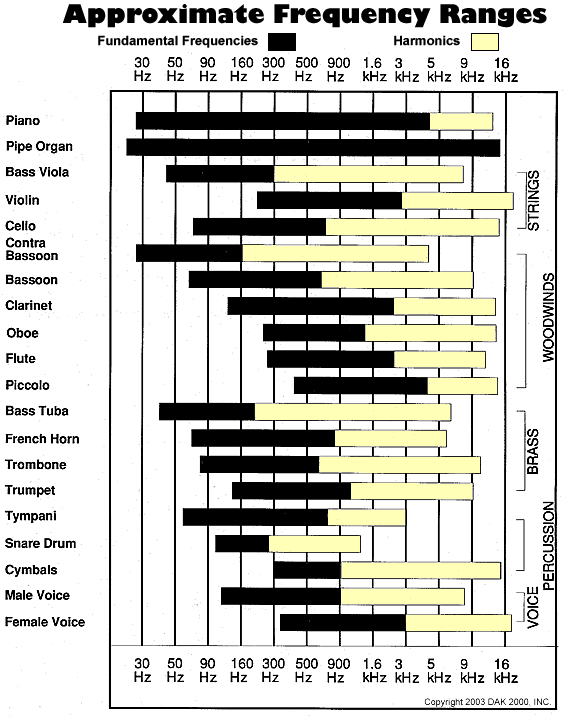
Such a note is said to played on an open string. It is also done to produce a particular timbre: a violin note will sound different depending on what string is used to play it.Ī special timbre results from playing a note without touching its string with a finger, thus sounding the lowest note on that string. Often, this is done to handle a musical passage which would otherwise require fast switching of strings. Violinists often change positions on the lower strings even though this seems unnecessary. A good player can easily play more than two octaves on a single string, and four octaves on the instrument as a whole. The upper limit of the violin's range is largely determined by the skill of the player. Third position is achieved when the first finger presses down on an A, and so on. Pressing the first finger instead on a G is called second position. Thus, for example, in first position, the first finger placed on the E string gives an F#.

A higher note can be achieved by sliding the hand up the neck of the violin (towards the player's face) and pressing the fingers down at this new position. However this is only the highest note in so-called first position, which is taught to beginners first. The digits 1-4 sometimes appear over the notes in violin music, especially in instructional editions, to indicate the finger to be used.įor the beginning player, the highest note available on a violin is made by pressing the fourth finger down on the E-string, sounding a B. The fingers are conventionally numbered "first" (index) through "fourth" (little finger).


Violin players practice long hours partly to train their fingers to land in the right places, and partly to cultivate the ability to correct the pitch very rapidly as it is played. The placement of the fingers on the strings invokes no physical aid like frets the player must achieve the correct position from skill alone, or else the instrument will sound out of tune.


 0 kommentar(er)
0 kommentar(er)
